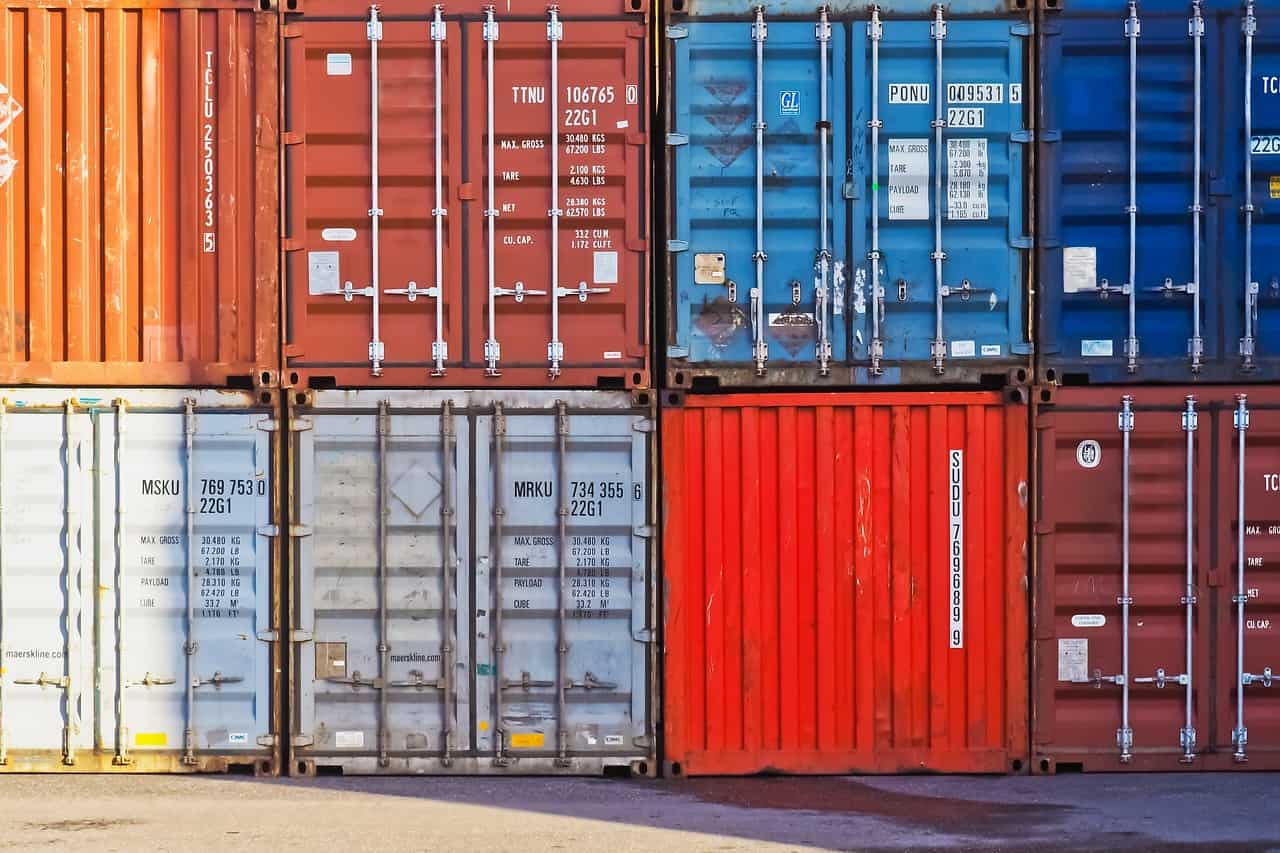With the e-commerce boom, the global shipping industry is growing rapidly as a direct result. There was an unexpected surge in shipments in the last quarter of 2018, which is still likely to increase in the coming years. At the other end of the spectrum, people are becoming increasingly conscious about building a society with the least possible impact on the planet. With these realities, how can the two ends meet? How can we build sustainable cities in a world being ruled by global trade? An innovation called “cargotecture” may be the answer to how the shipping industry can play a role in sustainability.
What is cargotecture?
After companies have finished with containers, they are left in shipyards or smelted. Cargotecture involves repurposing steel shipping containers and turning them into living spaces. The trend has certainly caught on, as you can just about make anything out of them. Sunset.com present different examples of cargotecture, ranging from outdoor offices to entire homes, a trend which is blossoming through creative architects who are experimenting with out-of-the-box yet sustainable designs. These innovators are distinguishing cargotecture as a unique building technique that can be a sustainable alternative to traditional architecture.
How can the shipping industry contribute to building sustainable cities?
Inhabitat found that cargotecture lessens carbon emissions that would’ve been made by shipping companies scrapping and melting empty containers. Smelting uses up a lot of energy and creates even more waste. Upcycling these containers means that the shipping industry will profit from selling their containers as building materials. Cargotecture also has a greater impact on the planet because it does away with the waste that would have been generated by sourcing new construction materials for a housing project.
Moreover, cargotecture goes well beyond environmental sustainability. Progrss explores the cargotecture’s potential to address social problems related to the lack of affordable housing. Repurposing containers into buildings has proven to be 30% more cost-effective than regular construction methods. Meaning that cargotecture achieves environmental sustainability as well as economic sustainability. This, in turn, could benefit the current housing crisis across the globe.
For example, in megacities like New York, this reduction in cost could play a crucial role in making new housing developments more affordable and accessible. A post by Yoreevo lists the different expenses associated with new developments, which include higher closing costs and the difficulty of getting financing from banks for properties nowadays. Factors like these can make a city’s notoriously expensive housing costs even higher — an issue that cargotecture can help address. Many American cities listed by Canadian Manufacturing like Washington D.C., Las Vegas and Detroit, have picked up on the low-cost benefits of cargotecture and are using it to fill urban housing gaps.
How else can the shipping industry contribute towards sustainability?
Alongside cargotecture, the shipping industry can contribute a lot to sustainability. Smart Cities Dive suggests that the ultimate way the shipping industry can make an impact is by making their logistics chain more efficient. If the industry is able to find a way to get their vessels to consume less fuel, this would be a huge milestone in lower global emissions.




